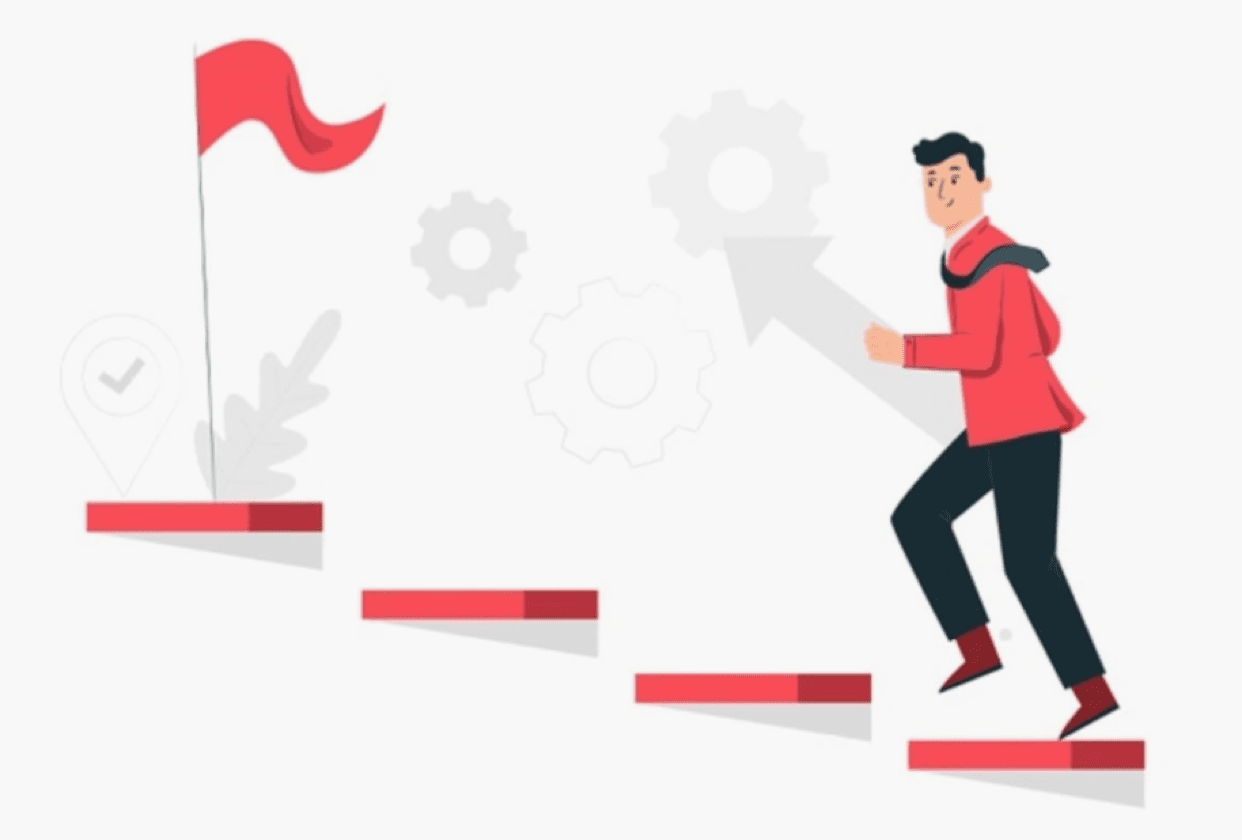Imagine a world where you can send money to anyone without the need for a bank. A world where there are no bank fees, where you have complete control over your assets, and no government can manipulate the value of your hard-earned money. Sounds like a dream, right?
But this world is not imaginary. It is being created bit by bit as you read this, on the back of blockchain technology.
What is a blockchain?
A blockchain is simply a shared ledger, or database, that can be accessed, filtered, and manipulated quickly and easily by any number of users at once.
It stores information in groups called blocks, which have a certain storage capacity. When full, they are linked, or “chained”, to the previous block. Any subsequent information is put into a freshly created block and the immutable chain continues to grow.
In a blockchain, each participant computer, or “node” has a full record of the data that has been stored on it since inception. The Bitcoin blockchain, for example, has a record of every bitcoin transaction ever made. Blockchains can record information in a way that makes it close to impossible to change, hack, or cheat the system.
That’s because the record is distributed, not copied or transferred, creating an immutable record of an asset. It is also decentralised, allowing full real-time access and transparency.
While cryptocurrencies are currently its most popular use case, blockchain technology can also be used to track any kind of asset — from houses to land and even patents. This gives it the potential to disrupt almost every sector.
For example, the Election Commission of India is working with IIT-Madras on using blockchain technology
for remote voting. And Plymouth University explained in a paper how blockchain could be used to make the elections more transparent.
Advantages of blockchain technology
Accuracy: Any transactions on the blockchain network must be approved by a network of thousands of computers. This minimises the chance of errors and makes the system extremely difficult, if not impossible, to hack.
Lower transaction cost: When you make a transaction via banks, you pay the bank to verify a transaction. Blockchain eliminates the need for third-party verification and, with it, their associated costs.
Decentralisation: There is no central location or entity that stores the information of any transaction. Instead, the blockchain is copied and spread across a network of computers. When a new block is added, every computer on the network updates its copy to reflect the change. This is another quality of blockchains that makes them all but tamper-proof.
Efficiency: With a centralised payments, like the one we have today, transactions — especially overseas ones — can take up to a few days to settle. Blockchains on the other hand work around the clock and don’t recognise borders, so transactions can be settled in a matter of minutes.
Disadvantages
Technology cost: While blockchain saves user money on transaction fees, the technology can be quite expensive. The “proof of work” system that bitcoin uses to validate transactions consumes vast amounts of electricity to perform highly intensive computations. Another disadvantage of Bitcoin is that it can only process up to seven transactions a second. Other cryptocurrencies, such as Ether, have far higher transaction speeds.
Illegal activity: While blockchain gives users the advantage of confidentiality, it also allows for illegal trading and activity on the blockchain network. But that’s true of good old fiat money as well.
Lack of (or too much) regulation: While blockchain technology is spreading like wildfire, many in the crypto space have expressed concerns about government regulation of cryptocurrencies. While India’s crypto industry has been asking the government to regulate the space for some time now, China’s is gasping for air after the government came down heavily on crypto trading and mining.
from WordPress https://ift.tt/30sQMVS
via IFTTT



No comments: